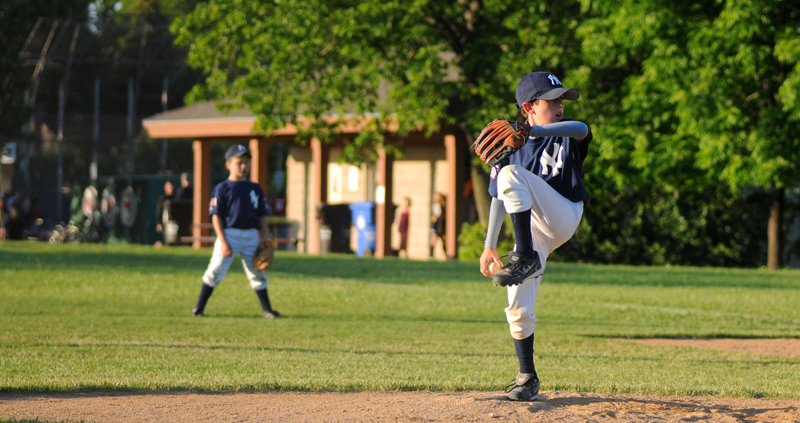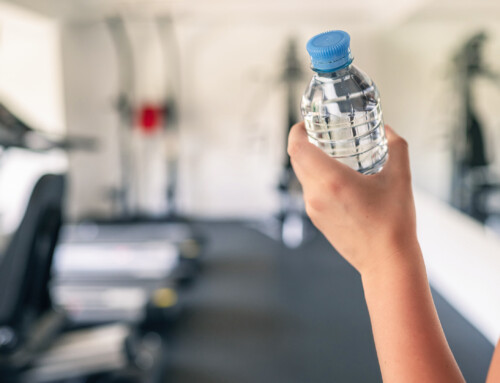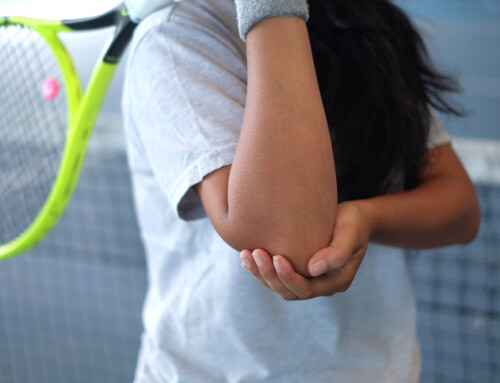By Andrew J Gaetano, PT, DPT, OCS, CSCS
Reducing Little League Elbow Injuries
Little League Elbow Injuries Fact: About half of little leaguers ages 9-14 will experience elbow pain, and the risk increases 3-4 times if a player pitches over 100 innings per year.
Little League baseball can provide local children and families with enjoyable, educational experiences while instilling athletic and life principles and developing skills. Little League can provide an environment to build well adjusted, stronger and happier children in the local area, and certainly can be an excellent source of fun and exercise. It can be easy for players and coaches to get caught up in the competitiveness of the season without considering the toll it can take on a young elbow or shoulder. As the season is just beginning, it seems appropriate to discuss some considerations for adults when it comes to their little league athletes.
Little League Elbow Prevention
Children in little league who throw breaking balls, pitch in showcase to display skills, or more importantly pitch too frequently without adequate rest can be vulnerable to injury2. “Little leaguer’s elbow”, or medial apophysitis, is a condition that occurs when repetitive throwing creates an excessively strong pull on the inside structures in the elbow. Minor but repetitive tearing can create chronic inflammation of the growth plate on the elbow joint, which can then manifest itself as pain and swelling inside the elbow.
Those who try to pitch through the pain may be risking more damage to the growth plate of the joint, and possibly causing further medical complications.
To reduce the risk for little league elbow injury, adults should pay careful attention to the following risk factors2,5:
- Pitching too many games. The number of games pitched and pitches needs to be carefully monitored by the coach AND/OR parent. (Find recommendations for Little League pitch count rules here)
- Pitching for several teams at once. In this case, it is important that coaches and parents communicate with each other regarding pitch counts and rest days.
- Pitching through fatigue. Letting players rest if any fatigue is noticed is important. A pitcher should also not be used as a catcher due to the combination repetitive throwing.
- Year-round baseball. Four months of rest from overhead throwing per year is recommended.
- Throwing curveballs and breaking pitches. These are not recommended in anyone at least until the age of 14
- Pitching with improper mechanics. Little league should be a time to learn the basics. Teach athletes to pitch with proper mechanics and ensure proper form. This can decrease the strain on the elbow
If a player complains of any pain around the elbow, stop and consult a sports medicine physician or your child’s pediatrician. Ask the physician if a consultation with a physical therapist is appropriate. If so, a physical therapist will be able to identify the source of the pain and treat it appropriately.
Also of importance, inspire youth athletes to have fun playing baseball and other sports. Participation and enjoyment of various physical activities will increase youth athleticism and interest in sports and exercise for years to come.
For more information about this topic and how a physical therapist may help, click here.
Contact us today via our contact form, or call us directly at our physical therapy clinics before your Little Leaguer hits the diamond this summer. Call (518) 289-5242 to make an appointment at one of our Capital Area PT has PT clinics in Saratoga, Malta or Queensbury, NY.






